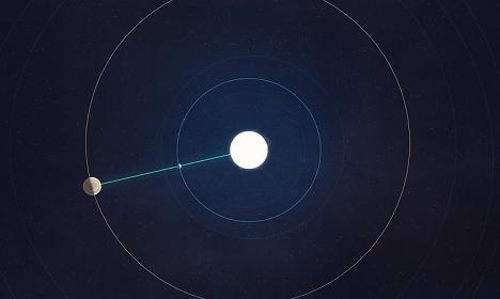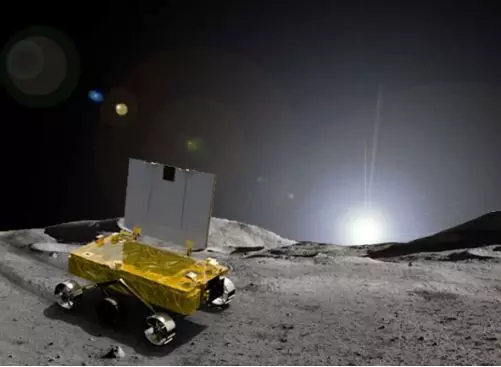
ISRO fails to wake Chandrayaan-3's lander and rover alive on the Moon
text_fieldsBengaluru: In a development that has left the space community on edge, the Indian Space Research Organisation (ISRO) has been unable to establish communication with the Vikram lander and Pragyan rover of the Chandrayaan-3 mission. This concerning silence has raised significant doubts about the operational status of these lunar explorers.
The Vikram lander and Pragyan rover, which successfully touched down on the uncharted lunar southern polar region on August 23 following a 40-day journey through space, were initially put into sleep mode on September 2 after completing their initial tasks.
During their brief period of activity, the Pragyan rover managed to traverse over 100 meters on the lunar surface from the Shiv Shakti Point. This journey confirmed the presence of essential elements such as sulfur, iron, oxygen, and more on the moon.
Despite early success, ISRO has been unable to revive the lander and rover since their shutdown, even after the eagerly awaited lunar sunrise on September 22, which was expected to recharge their solar-powered systems.
Meanwhile, ISRO informed that it will continue its effort to re-establish contact with the lander and rover until the next lunar sunset on September 30. There is still a glimmer of hope that the lander and rover will spring back to life when the sun rises at Shivshakti Point, where they are currently stationed.
However, the exact timeline for this potential breakthrough remains uncertain.
The fate of the mission now hangs in the balance. If the electronic systems manage to withstand the extreme cold on the lunar surface, there remains a 50-50 per cent chance of revival.
Should the equipment fail to respond, it's important to note that the Chandrayaan-3 mission has already achieved significant milestones. It marked India's first-ever soft landing on the lunar South Polar Region, making history in lunar exploration.























